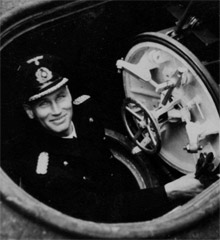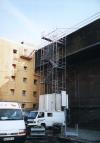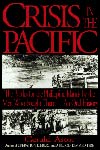Bavaria Filmstudios
Das Boot / U-96 museum
Visit to Bavaria Studios
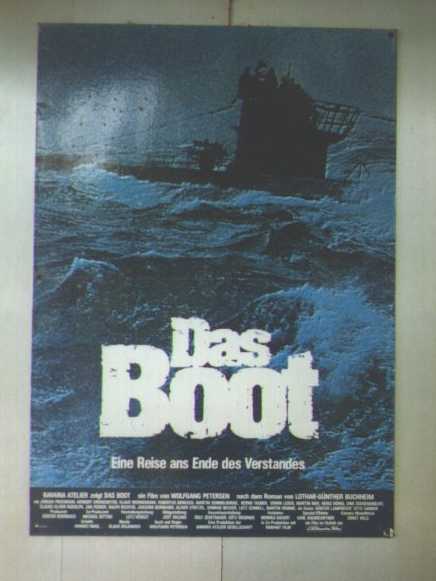 It does not look like much: just a wall with a poster "Das Boot", a second wall with detailed schematics of a German Type VII C World War II
U-Boat, and a dark, narrow opening in between.
It does not look like much: just a wall with a poster "Das Boot", a second wall with detailed schematics of a German Type VII C World War II
U-Boat, and a dark, narrow opening in between.
Even before the eyes have adjusted to the darkness, I notice a smell of grease and oil, as well as the heat. Outside it had 27°C, inside the air was dry at some 35°C. A torpedo becomes visible to the right. It hangs over a bunk with a blue and white checked blanket and pillow. The same picture on the left hand side. Both torpedoes hang directly behind long round pipes - the torpedo tubes. On both tubes the loading equipment is mounted, with wires, pipes chains and handles. From the bow torpedo room I pass a narrow bulkhead and enter the officer's bunk room (Offiziersraum) and Captain's quarters (Kaj?te des Kommandanten), consisting of a bunk with a tiny table a lamp and a clock as well as a small shelf over the bed. The blanket is a dusty gray with the German eagle.
To the right there is the radio "room". A small compartment with a radio set, one seat and the famous Enigma machine. Through a round hatch with a likewise round door I can see a blue light and hear a loud PING: the control room (Zentrale). Instruments to the left, chart table to the right, periscope and bridge ladder directly in front of me. The depth indicator shows 56 meters, not enough if we want to outdive an attacking destroyer. . . I look up through the hole in the ceiling and discover the attack periscope: up in the conning tower (Turm) there are voice tube, switches for the torpedo tubes and, of course, the attack scope. Only the stool, where the captain once sat, is missing. Further up the ladder there once was a way out to the bridge, but now it is covered with the plastic awning that covers the whole boat. Back down I make my way through the next bulkhead into the petty officer's room (Unteroffiziersraum). Just a row of bunks on both sides.
The more important, the more comfortable. Next bulkhead, next compartment: the galley (Komb?se), consisting of a table, the stove with a few pots and pans, and a cupboard built into the wall. The toilet to the right is not easy to recognize and looks more like a closet. Through the next bulkhead I enter the engine room (Maschinenraum). The two massive diesels dwarf any kind of car or truck engine I have ever seen. The only original part of the whole boat was found on a scrapyard and is still functional. Now I know were the smell comes from. All kinds of engine instruments as well as the engine telegrah are spread over the whole room. Even though it is the largest room it appears to be the most cramped. The engines cover most of the space; the aisle, like everywhere on the boat, is barely wide enough for one person to walk through. When submerged the boat made use of its two electric motors located in the next room. Several handles and instruments are the only evidence, as the motors cannot be seen.
The electric motor room is also the aft torpedo room. The bunks that would normally hang from the ceiling were removed because this room is also the exit. The aft torpedo tube is still visible, though. A few crates and a barrel show that space for provisions were limited, too. After 55 meters in the dark the sun is blinding me. The air outside now feels pleasantly cool. The model could not be opened, so all shots were taken in a cramped, loud and hot atmosphere like in a real boat. Director Wolfgang Petersen wanted his actors to experience what life on a U-boat was like.
Ouside a five-meter model shows how U-96 looked from the outside. It was used for all exterior shots, except the close-ups on the bridge and conning tower. Strangely enough, the tower bears the letters "U-41." One question later I find out that the tower was lent to another studio for another film. "Which one?" "I don't know." [Editor: This was the movie Indiana Jones and the Raiders of the Lost Ark)
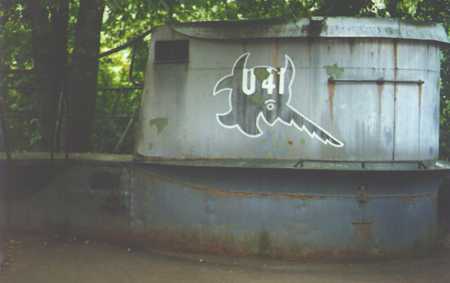
The tower with the mysterious U-41 label.
The tower also was the site of a tragic accident. When simulating stormy weather, a giant slide was located in front of the tower with a water tank above it. Every time a wave was to hit the tower, the tank opened and several hundred liters of icy water splashed over the tower. The water had to be icy because the camera lenses would have steamed up otherwise. The actors experienced what the North Atlantic was like and had to hold on tight to the railing, which the actor Jan Fedder forgot once and was washed "overboard". Another actor instantly shouted "man overboard".
Petersen liked the scene so much that he kept it and rewrote the role of Jan Fedder, whose character spent the rest of the movie in bed. His injuries, though, were quite real: several ribs were broken and he had a concussion; he had to be brought from a nearby hospital every morning and returned every evening.
The exterior and underwater shots of the boat were taken in a pool 15 meters long, 13 meters wide and 3.5 meters deep. People on the bridge were substituded for Barbie dolls. The shots of the U-boat harbors and bunkers were taken at the actual sites in La Rochelle in France. The movie was finished in 1981 after five years of preperation, one year of shooting and another year of putting the finishing touches to it. It cost about US$ 16 million. The total lenght of the TV version was six hours (three two-hour parts).
The cinema version was two hours long and the director's cut from 1996 is three hours long. The first cinema version was nominated for six Oscars.
